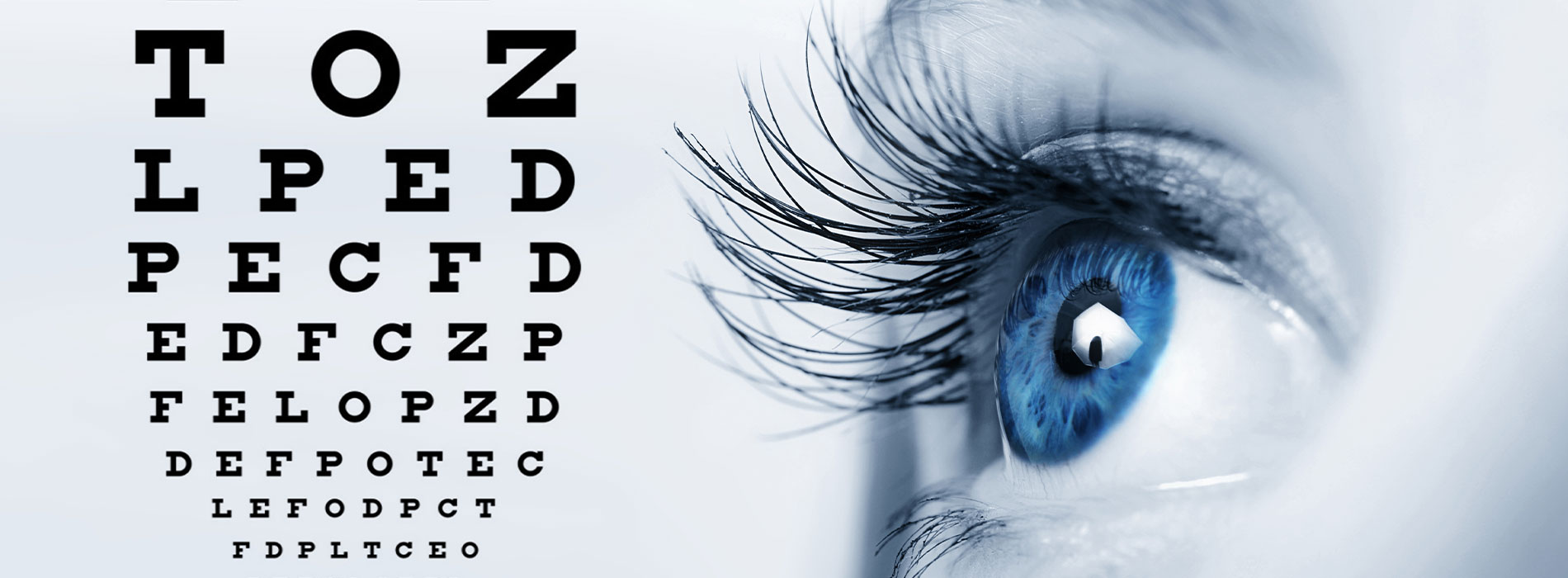
If you’ve ever experienced burning, itching, or a gritty sensation in your eyes, you may be one of the millions of people affected by dry eye syndrome. This common condition occurs when the eyes don’t produce enough tears or when the tears evaporate too quickly, leading to discomfort and visual disturbances. While occasional dryness is normal—especially in windy, dry, or air-conditioned environments—chronic dry eye can interfere with daily activities such as reading, driving, or using digital devices. Thankfully, modern optometry offers a range of treatments designed to manage dry eye syndrome and restore lasting comfort.
Tears are more complex than most people realize. They are made up of three layers: an oily layer that prevents evaporation, a watery layer that provides moisture, and a mucous layer that ensures even distribution across the eye’s surface. When one of these layers becomes imbalanced, the tear film can no longer protect and lubricate the eyes effectively. This imbalance can be caused by aging, hormonal changes, certain medications, medical conditions like diabetes or rheumatoid arthritis, or lifestyle factors such as excessive screen time.
Many people notice that their symptoms worsen in certain situations—after staring at a computer for hours, spending time outdoors on a windy day, or sitting in an air-conditioned room. Others may experience redness, blurred vision, or even watery eyes, which paradoxically result from the body’s attempt to compensate for dryness by overproducing tears of poor quality. Without proper treatment, dry eye syndrome can lead to inflammation, corneal damage, and increased sensitivity to light.
During an eye exam, an optometrist can determine the underlying cause of your dry eye symptoms through specialized testing. These tests may evaluate tear production, tear quality, and the health of the glands in your eyelids that produce the oily component of tears. Once the cause is identified, your optometrist can develop a customized treatment plan tailored to your needs.
Treatment options range from simple lifestyle adjustments to advanced clinical therapies. For mild cases, increasing hydration, using artificial tears, and taking regular breaks from digital screens can help. Optometrists often recommend the 20-20-20 rule—every 20 minutes, look at something 20 feet away for 20 seconds—to reduce eye strain and blinking fatigue. For more persistent symptoms, your optometrist might suggest prescription eye drops, punctal plugs to retain moisture, or specialized procedures that improve gland function.
In recent years, new technologies such as intense pulsed light (IPL) therapy and thermal pulsation treatments have revolutionized dry eye care. These procedures target the root cause of evaporative dry eye—blockage of the meibomian glands—by gently heating and clearing the glands to restore natural tear production. They provide lasting relief for patients who have struggled with chronic symptoms that don’t respond to traditional remedies.
Managing dry eye syndrome is about more than relieving discomfort—it’s about improving your quality of life. Healthy tear production keeps your vision sharp, your eyes protected, and your day-to-day activities free from irritation. Whether your symptoms are mild or severe, working with an optometrist who specializes in dry eye treatment ensures that you receive effective care tailored to your specific condition.